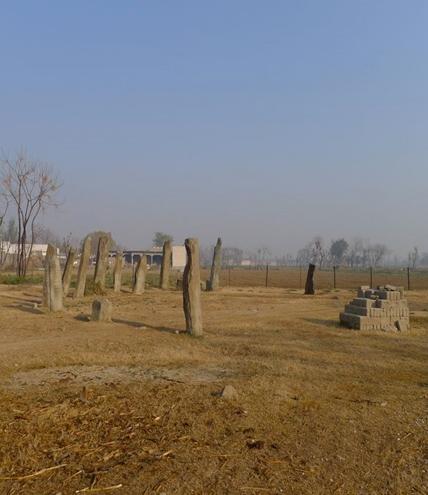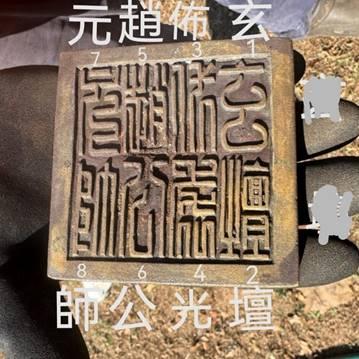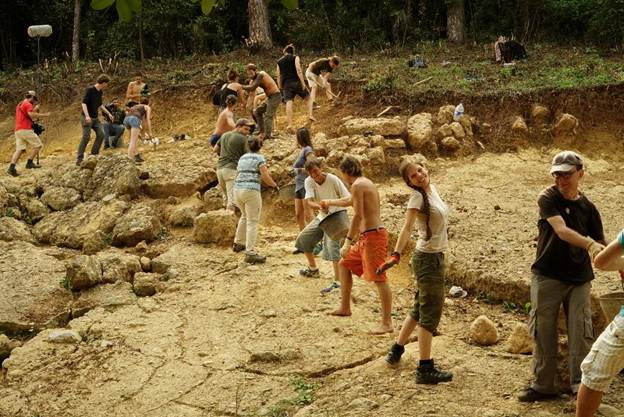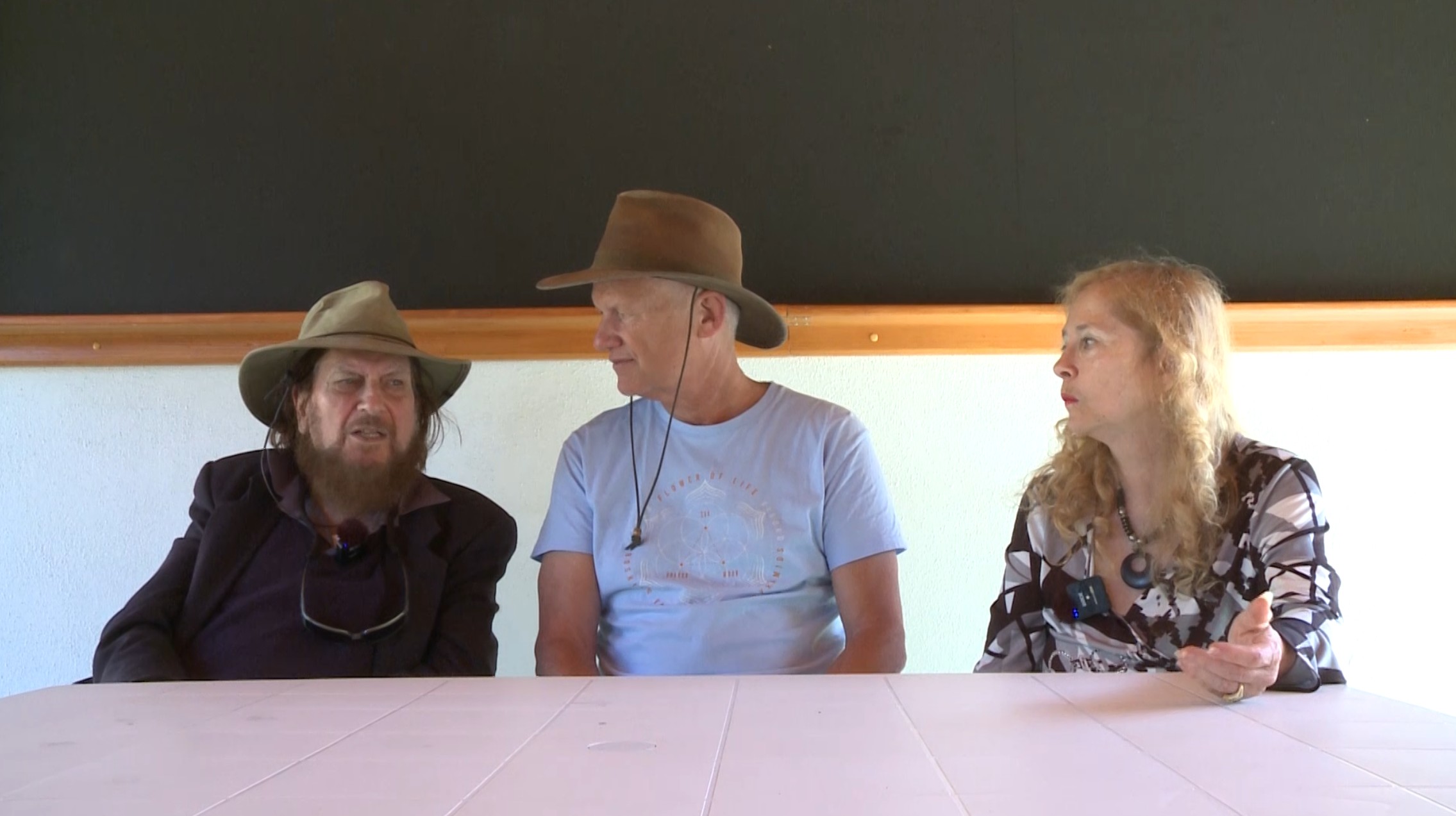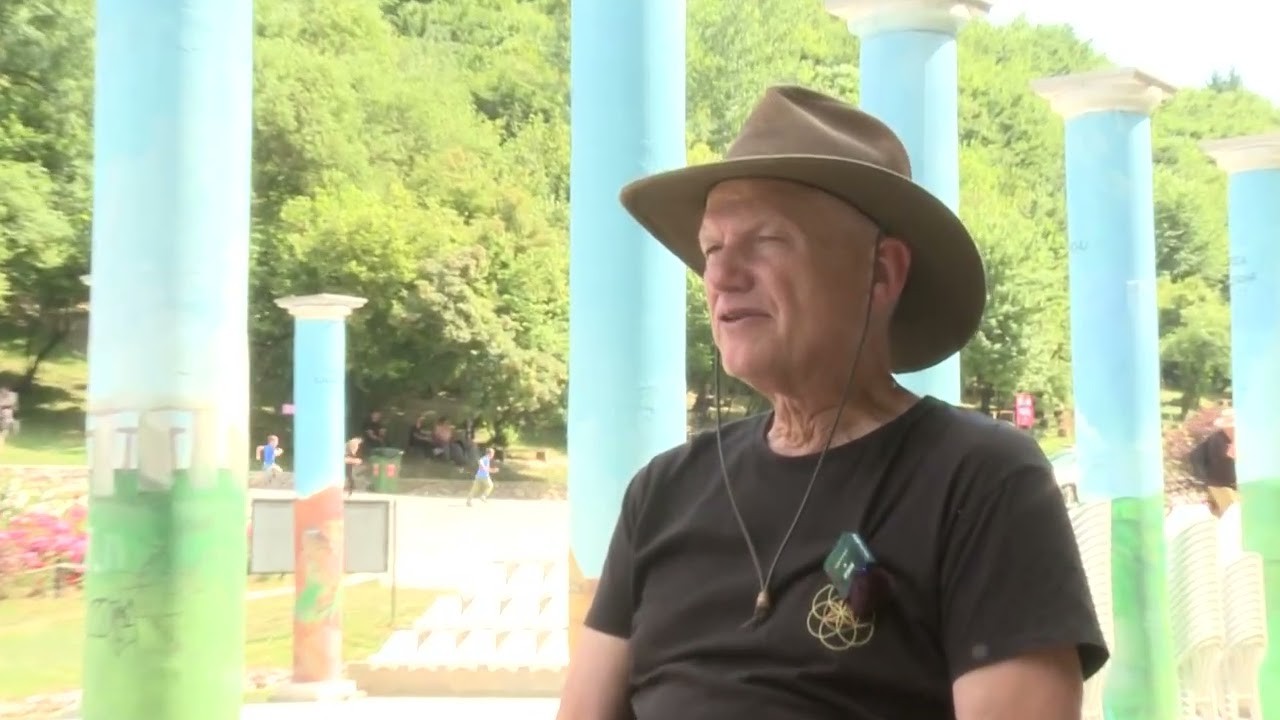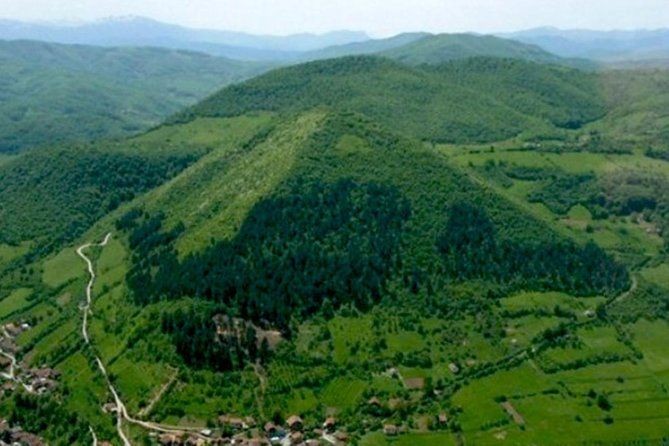A very nice cromlech, with 16 stones still standing, some 3 m high, at Kalula, close to the village of Asoda Sharif, Swabi District, Khyber Pashtunkwa, Northern Pakistan. Apparently there are more around Peshawar region. Details below from ammanamba.
The site is in a small village called Kalula, Northwest of Swabi, a larger town and District Center in KPK and about 1.5 hrs drive from Islamabad. The stones can actually be seen on Google earth, if one knows where to look. I noted down as coordinates on my GPS: N 34 degree 14′ 19.7″ E 072 degree 20′ 08.7″. They were shown to me by a befriended retired general who lives in the area. The site used to have a fence, a sign and a guard, all gone. I have not had time yet to do research on it in literature but there should be some mention somewhere.
16 stones are still standing, plus one half buried and one has a base only, so in total 18 can be traced. Furthermore, another two small stones adjoin two of the larger standing ones, possibly as support.
The stones are in a nearly perfect circle, except for one which stands slightly outside of it. However, as most stones (13) stand on one side, forming a semi-circle, only an archaeological dig could confirm the circle as such. The semi-circle stones are roughly oriented south-west, the one out of line is on the other side, where two more standing and one lying stones can be found on the imaginary circle line.
The stones are generally uncut, although some seem to have been shaped into rectangular form with defined corners. They are of granite, which I believe can be found in the mountains nearby although my guide maintained that that type of granite comes from about 20 km away. The tallest stones are about 3 m high.
According to the archaeologist-director of the Peshawar museum there are at least two more circles in the vicinity of Peshawar which I have not yet been able to visit (a bit tricky area). One such circle was already depicted in James Ferguson’s: Rude stones monuments in all countries (1872)!
According to locals the stones were once 30 and erected by Ashoka (Buddha) to be able to meditate at each one, one day of the month. However, it seems to me quite likely that the stone circle is of much earlier date, neolithic/early bronze age, in line with similar circles elsewhere. Again, I did not do any research in literature on these circles in Pakistan as yet.








